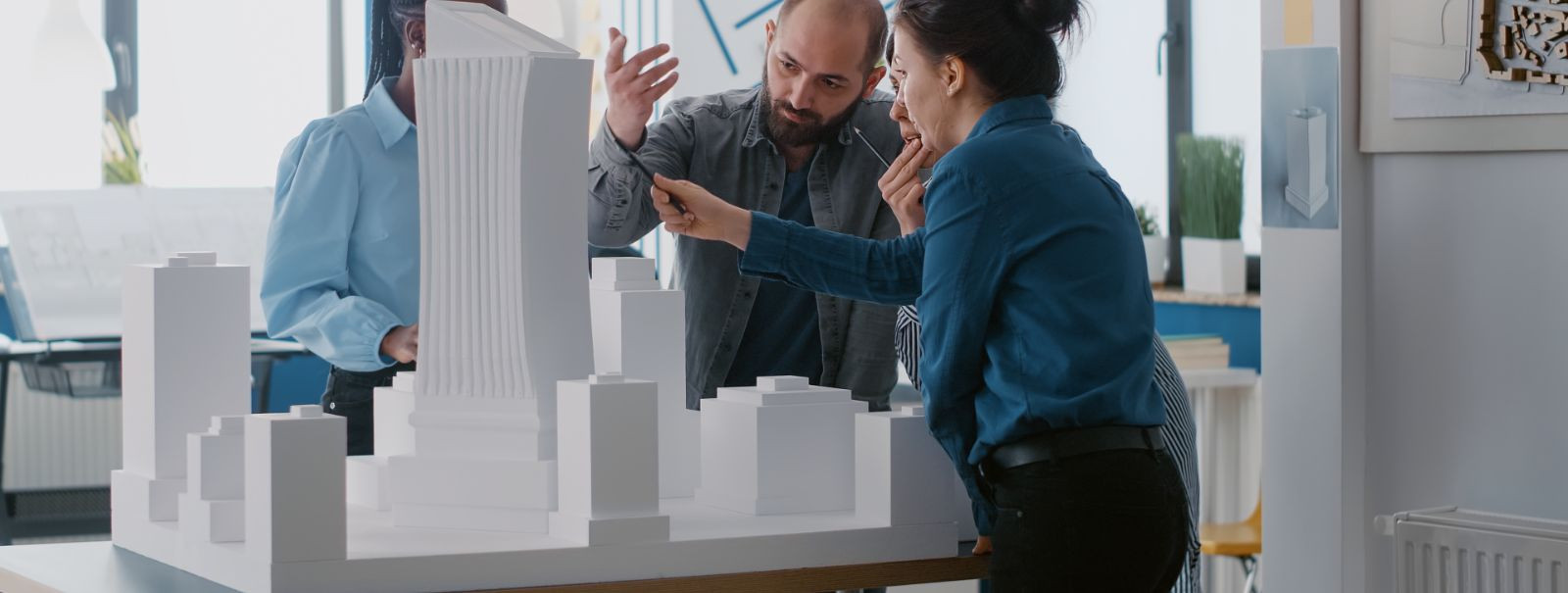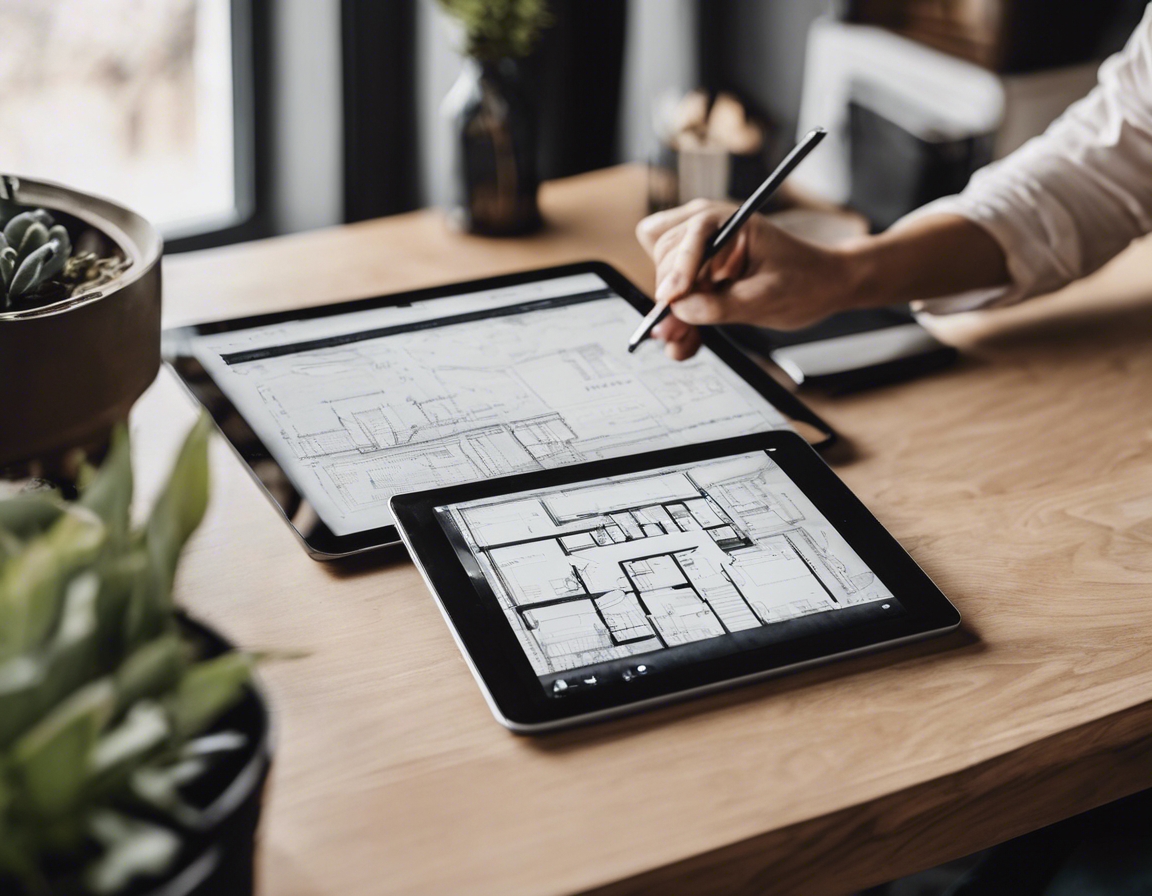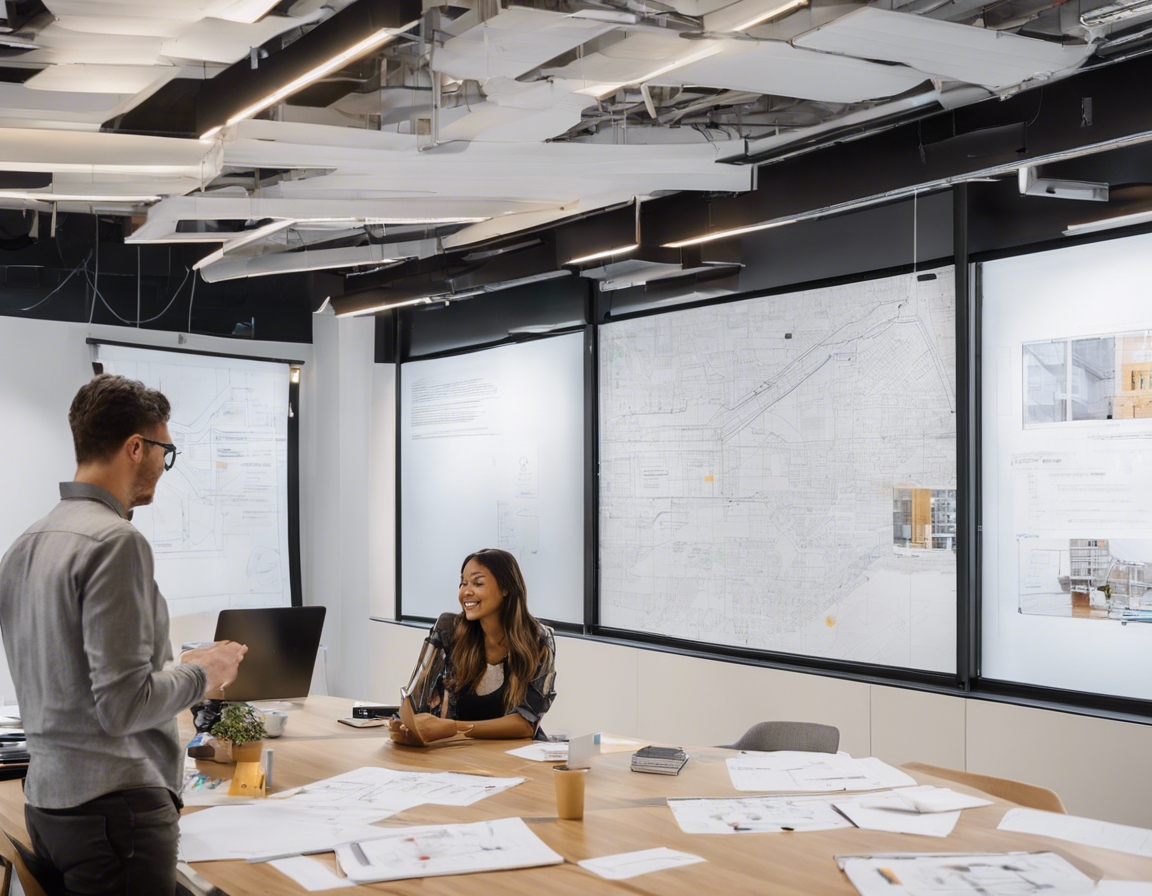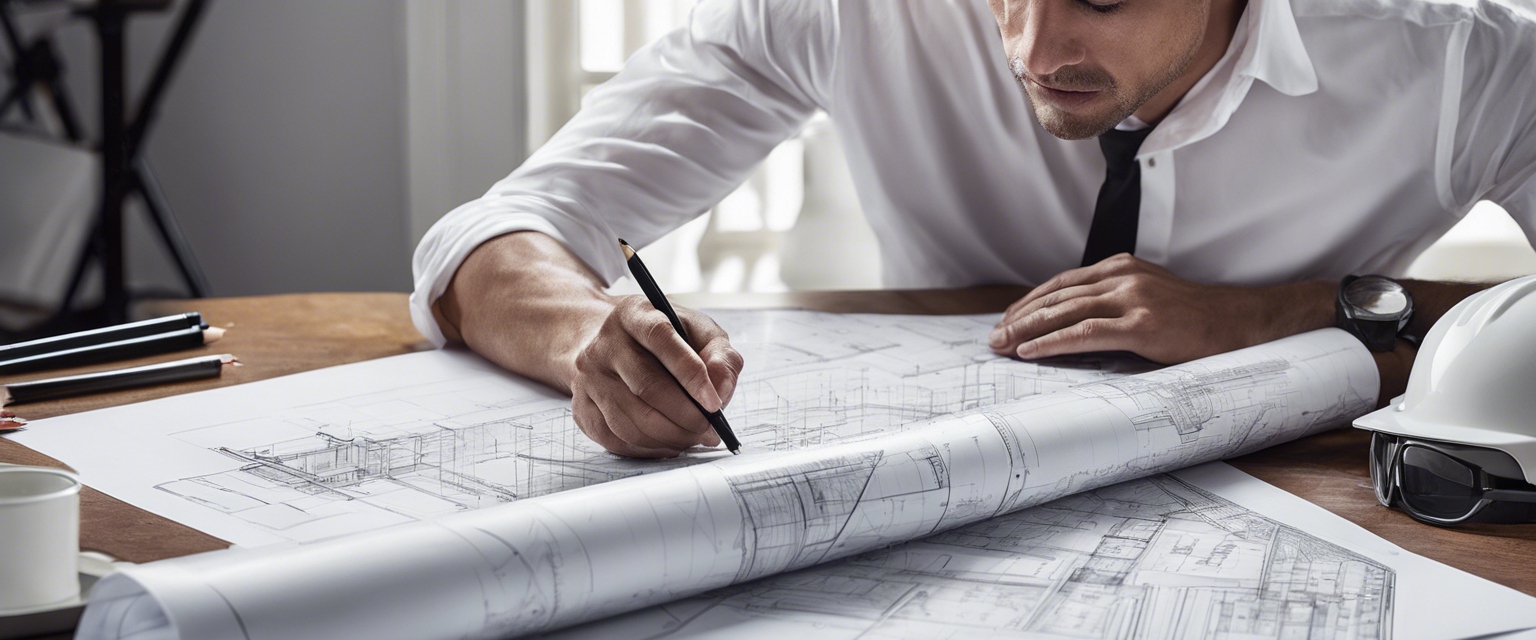How 3d visualization is revolutionizing architectural design
Architectural visualization has come a long way from hand-drawn sketches and physical models. The advent of computer-aided design (CAD) marked a significant leap, but it is the emergence of 3D visualization that has truly transformed the landscape of architectural design.
3D visualization, also known as 3D rendering or architectural visualization, is the process of creating graphical content using 3D software. It allows architects and designers to create detailed and lifelike representations of buildings before they are built.
The Impact of 3D Visualization on Architectural Design
For our clients seeking custom-designed private homes or looking to develop residential or business projects, 3D visualization serves as a powerful communication tool. It enables them to visualize the end result in a tangible way, ensuring their vision is accurately captured and understood.
3D visualization aids in detecting potential design issues early in the process, saving time and resources. It also allows for quick iterations and refinements, leading to a more efficient design process and a higher quality final product.
By providing clear and detailed representations, 3D visualization facilitates smoother interactions with regulatory bodies, helping to streamline the approval process and ensure compliance with building regulations.
Technological Advances in 3D Visualization
State-of-the-art software has elevated 3D visualization to new heights, offering tools that are more intuitive and capable than ever before. These advancements allow for intricate details and textures, realistic lighting, and complex simulations.
Virtual Reality (VR) and Augmented Reality (AR) technologies are taking 3D visualization a step further by immersing clients in the designed space, providing an unparalleled sense of scale and context.
Combining 3D visualization with BIM technology enhances collaborative efforts and project management, leading to a more cohesive and integrated design and construction process.
3D Visualization in Practice
For individuals and families, 3D visualization allows for a personalized design experience, ensuring that every aspect of their future home is tailored to their needs and preferences.
Developers of residential projects benefit from 3D visualization by being able to showcase detailed models to potential buyers and investors, significantly aiding in marketing and pre-sales activities.
Businesses planning to establish or expand their facilities can utilize 3D visualization to optimize layouts, integrate essential services, and plan for future growth, all while maintaining aesthetic appeal.
The Future of 3D Visualization in Architecture
The future of 3D visualization is bright, with continuous innovations in software, hardware, and integration with other technologies. These advancements promise to further enhance the precision, realism, and interactivity of architectural designs.
Sustainability is becoming increasingly important in architectural design, and 3D visualization plays a crucial role in optimizing designs for energy efficiency, resource conservation, and environmental impact.








Comments (0)